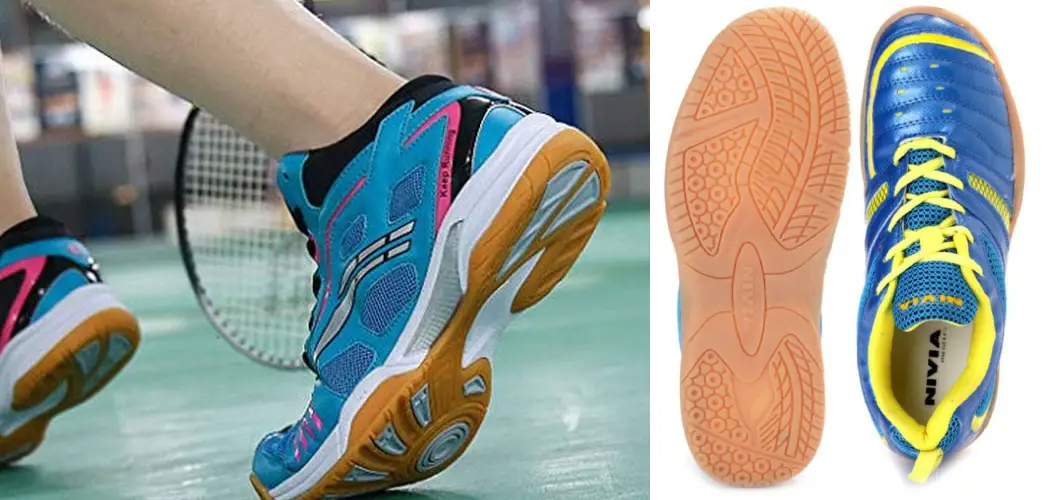Are you wondering how to identify non marking shoes? Whether you’re playing sports, at work, or participating in an activity that requires specific footwear regulations, it’s important to be aware of the shoes you’re wearing and their impact on surfaces. Non-marking shoes are designed specifically to avoid leaving unwanted marks or scuffs on floors or other surfaces.
In this blog post, we’ll discuss what non-marking shoes actually do and the common characteristics they have to help make your selection process easier when trying to identify them. Non marking shoes are a great choice for anyone who wants to protect the floor from muddy tread or scuffs. Not only does this make it safer for everyone walking around in them, but it also helps preserve the quality of your floors for longer.
Unfortunately, not all shoes have the non-marking capabilities that you might hope for when making an investment in footwear. However, with some knowledge of what to look out for a while shopping around, identifying non-marking shoes is simpler than you might think!
Here, we’ll provide helpful tips and advice on how to identify non-marking shoes so that you can ensure ultimate protection during everyday wear as well as peace of mind knowing that no unwanted markings will be left behind.

Why is It Important to Identify Non Marking Shoes?
1. To Buy The Real One
One of the main reasons why it is important to identify non-marking shoes is that you can make sure you get the real deal. With so many imitation products on the market, it’s essential to check and double-check that your shoes are exactly what they say they are. Non-marking shoes do not leave marks on gym floors or other surfaces, so if a shoe claims to be non-marking but leaves a mark, it isn’t the real deal.
2. To Avoid Damage
Another important reason why it’s important to identify non-marking shoes is to avoid any damage to floor surfaces. Non-marking shoes are designed specifically not to cause damage or leave marks on hardwood, tile, or other surfaces. If you buy a pair of shoes that are not non-marking, it could end up causing damage or leaving permanent marks on the floor surface.
3. To Save Money
Finally, it’s important to identify non-marking shoes because they can save you money in the long run. Non-marking shoes come with a hefty price tag but they are worth it because they will not cause any damage to floor surfaces. If you buy a pair of shoes that are not non-marking, you could end up having to pay for costly repairs in the future if the floor gets damaged or stained.
It is essential to identify non-marking shoes before purchasing to ensure that you are getting what you pay for and avoid any potential damage or mark-ups. Non-marking shoes can be identified by their rubber soles, which will not leave marks on floors, or any other surfaces they come in contact with.
10 Ways How to Identify Non Marking Shoes
1. Inspect the Rubber Soles
One of the ways to identify non marking shoes is to inspect the rubber soles. Look for a dedicated non-marking compound that has been designed to not leave marks on surfaces such as wood, gym floors, and courts.
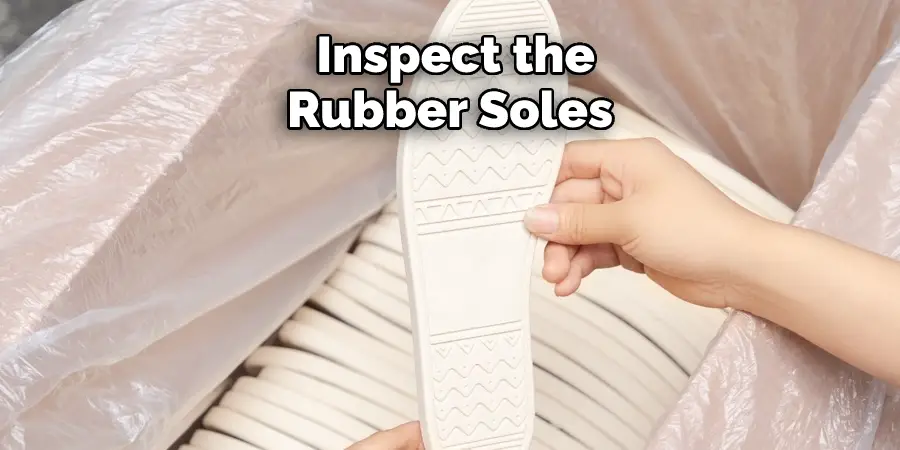
2. Check if the Shoes are ‘Grippy.’
Non marking shoes usually have a good grip and traction which will help you move around without slipping or marking the surfaces.
3. Look for Non Marking Logos
Many non marking shoes have logos or signs indicating that they are ‘non-marking’. These can usually be found on the soles and/or tongues of the shoes. This will also help you to differentiate between non marking and other types of shoes.
4. Check for Non-Abrasive Materials
When choosing non marking shoes, make sure that the material used is a non-abrasive one like rubber, leather or canvas. If you opt for a synthetic material, it should also be made from a non-marking formula.
5. Inspect the Tread Pattern
The tread pattern of non-marking shoes is usually designed in such a way that it provides extra grip and traction but does not leave behind any marks or scratches on the surface. Look for a tread pattern that is specific to non marking shoes.
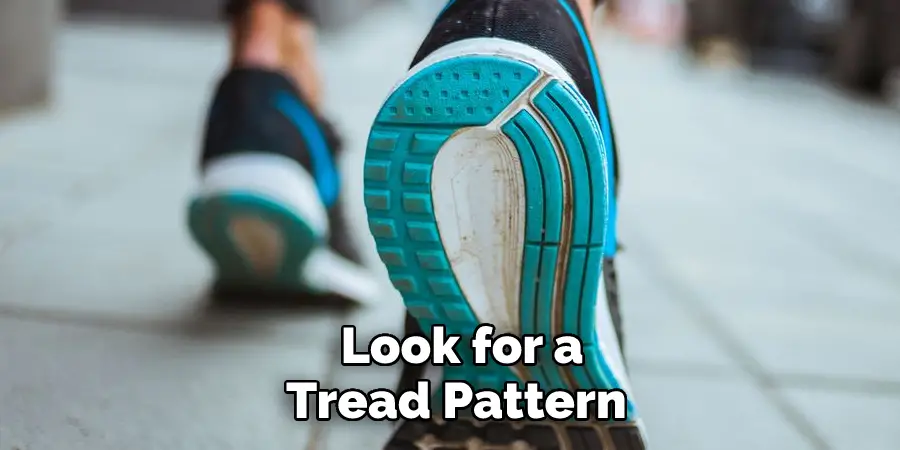
6. Read Product Descriptions
Whenever you are buying shoes, make sure to read the product description. It should indicate whether or not it is non-marking and suitable for use on gym floors and other surfaces where you don’t want to leave any marks.
7. Ask a Professional
If you are still uncertain about what type of shoe to get, ask a professional who specializes in shoe selection for help. They will be able to provide you with the best advice and make sure that you get the right type of shoe to suit your needs.
8. Look for Suitable Brands
There are certain brands that specialise in non marking shoes such as ASICS, Nike, and Adidas. If you think a particular brand is better suited to your needs, check if they carry a range of non-marking shoes.
9. Check the Material
High-quality non-marking shoes are usually made from materials such as rubber, leather, and canvas. These materials provide good grip and traction but don’t leave marks or scratches on surfaces when you move around in them.
10. Check if the Shoes are Breathable
Non marking shoes should have a breathable material that allows air to circulate and keep your feet cool and comfortable. This will ensure that you can wear them for longer periods of time without feeling overheated or uncomfortable.
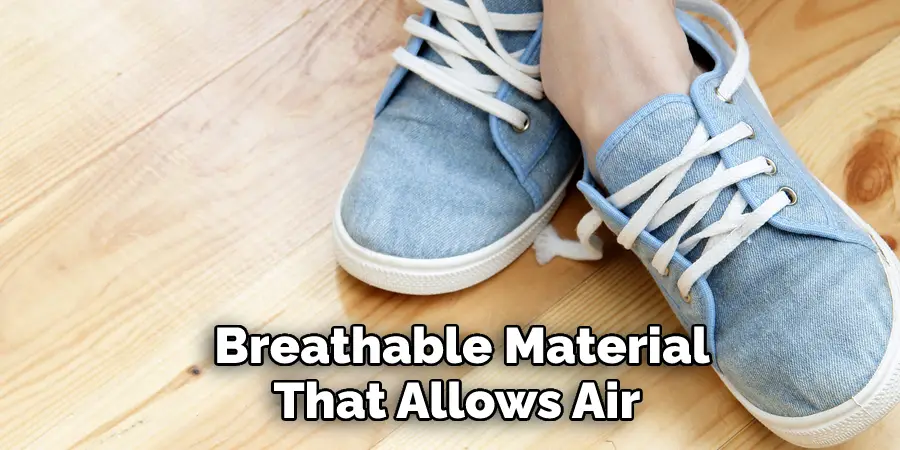
Frequently Asked Questions
What Precautions Should I Take to Avoid Using Non Marking Shoes?
When buying shoes for an indoor surface, always look for the words “non marking sole” or “indoor use only”. This will ensure that the shoe won’t leave any marks on the floor and is suitable for indoor surfaces. If a shoe does not have the words “non marking sole” or “indoor use only”, it is not necessarily a non marking shoe and won’t be suitable for indoor surfaces.
What Are Non Marking Shoes Made From?
Non marking shoes have soles made from materials that don’t leave any marks on surfaces such as wood floors, tile floors, and synthetic sports surfaces. Popular non marking sole materials include rubber, plastic, and special polyurethane soles.
Are Non Marking Shoes More Expensive?
Non marking shoes tend to be more expensive than regular shoes as they are specially designed for indoor use only. However, it may be worth the extra cost to avoid damaging expensive floors or sports surfaces.
Are Non Marking Shoes Slippery?
Non marking shoes are not necessarily slippery as they are designed to provide traction and grip on indoor surfaces. Some non marking soles are made from special rubber compounds that give them extra grip while still being suitable for indoor use. It is important to read the product description of the shoe to make sure it is suitable for your needs.
Are Non Marking Shoes Suitable for Wet Floors?
Non marking shoes are usually not suitable if the floor is wet or slippery. The soles are designed to provide grip on dry surfaces but can become very slippery when wet. It is important to check the product description to make sure the shoes are suitable for wet surfaces before using them.
How Long Do Non Marking Shoes Last?
Non marking shoes generally last as long as regular shoes and can be replaced when they become worn out or too damaged. The soles may wear out more quickly on rough surfaces, so it is important to check them regularly and replace them when necessary.
Overall, non marking shoes are a great way to protect expensive surfaces from damage while providing grip and traction on indoor surfaces. It is important to remember to look for the words “non marking sole” or “indoor use only” when buying shoes for an indoor surface, as this will ensure that the sole won’t leave any marks. Additionally, it is important to check the product description to make sure the shoes are suitable for wet surfaces before using them and to replace them when necessary. This will help you get the most out of your non marking shoes and protect your floors from damage.
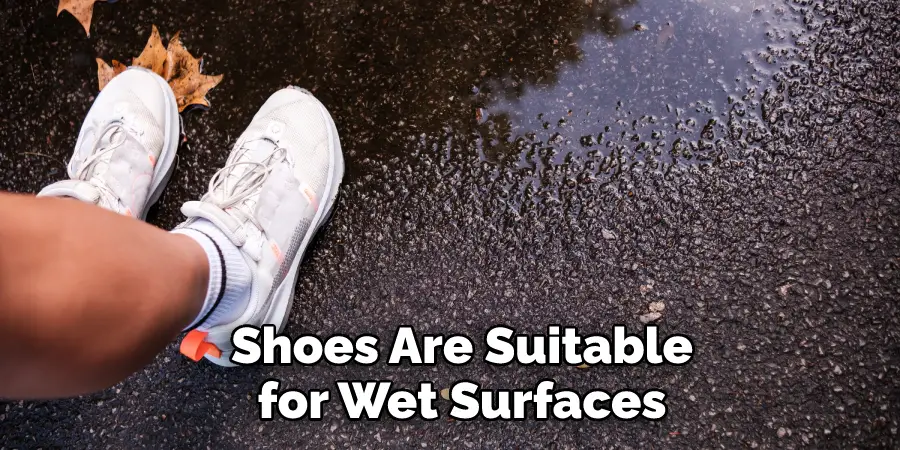
Conclusion
Even though non marking shoes are not essential when playing some sports, it is still a good idea to research what type of shoe is best for your game. After all, their design and material make for an easier time when on the field or court included with better traction and comfort.
Consider other elements like arch support and cushioning as well, you never know how much they can improve your game. Knowing how to identify non marking shoes can go a long way in making sure you have the right gear before every sporting event. So don’t forget to do your research and select the right type of shoe. Better yet, why not buy two pairs at once or one with two different colors – that way you’re always prepared!

